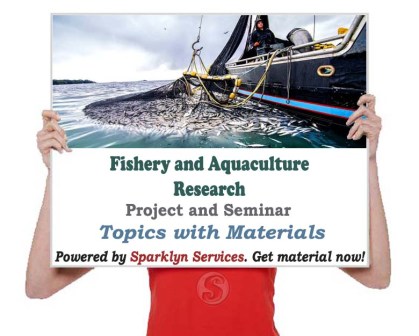1.0 Introduction
Marine debris includes any form of manufactured or processed material discarded, disposed of or abandoned in the marine environment. It consists of items made or used by humans that enter the sea, whether deliberately or unintentionally, includingtransport of these materials to the ocean by rivers, drainage, sewage systems or by wind (Galgani et al. 2010). Once in the water, itcan blow around, remain floating on the water surface, drift in the water column, get entangled in algae on shallow bottoms, sink to the deeper seabed, or be washed up onto beaches sometimes many miles away.
Theyare items and materials that are either discarded directly (thrown or lost directly into the sea), brought to the sea indirectly by rivers, sewage, storm water or winds, or left by people on beaches and shores.
Marine debris is a major global threat to biodiversity. For instance, more than six million tons of fishing gear alone is estimated to be lost in the ocean each year (Derraik 2002). Despite this staggering amount of marine waste, fishing gears form only a small percentage of the total volume of debris in the ocean, not even making the list of the top 10 most common items found during coastal cleanup operations (Ocean Conservancy 2010).
The coastal areas of Nigeria have been in the limelight in recent times due the heavy environmentalpollution resulting from oil prospecting activities. The coastal states in Nigeria are Akwa-Ibom, Bayelsa, Cross-River, Delta,Edo, Lagos, Ogun, Ondo and Rivers states. For certain reasons, development, job opportunities, government attention and commercial activities are concentrated in coastal locations than inland locations all over the world. This phenomenon, which is best explained by anthropologists and sociologists, is also the case in Nigeria.
It is estimated that one-quarter ofthe Nigerian population live in the coastal zone represented by nine states (UNEP, 2007). However, going by the 2006 census (FRN, 2007), 37.2 million representing 26.6% of the total population live in the coastal zone.
Two-thirds of Earth's surface is covered by ocean. The ocean is our planet's life support system. It drives our climate and provides food, water and oxygen. No matter where one lives, we all depend on the ocean in some way and we all have a responsibility to care for it.
After all, you can't “go green” if you don't “live blue”.
1.1 Problem Statement
Marine debris is a major global threat to biodiversity. For instance, more than six million tons of fishing gear alone is estimated to be lost in the ocean each year (Derraik 2002).The coastal areas of Nigeria have been in the limelight in recent times due the heavy environmental pollution and oil prospecting activities. However, oil pollution is not the only environmental threat to these coastal States. Other forms of solid and liquid wastes equally threaten the livelihood of residents of these areas. Plastics in various forms (bottles, bags, cigarette butts and utensils) make up a category of marine debris; they are non-biodegradable, and persist in the environment for a long period of time. Cigarette butt, a plant based plastic also persist in the environment for a long time.
1.2 Justification of Study
Discarded plastics can be re-utilized for other economic uses without recycling. For instance, in fisheries and aquaculture, the discarded plastic bottle corks can be useful for nitrification of aquaculture waste water while the discarded plastic bottles can be used for building fish farm houses amongst other uses as discussed in this work.
Beneficial uses of discarded plastics can reduce health risks in aquatic environments. All individuals must be sensitized to be involved in ensuring a debris free environment in order to conserve aquatic lives, improve local economies through beaches and recreational centers, and secure safe human health.
1.3 Objectives of Study
- To inform about the hazardous effects of plastic marine debris
- To enlighten about the useful utilization of plastic marine debris
- To highlight the relevance of plastic marine debris to Aquaculture especially its useful utilizations before recycling
- To educate on role of stake-holders in ensuring environmental safety from marine debris.




